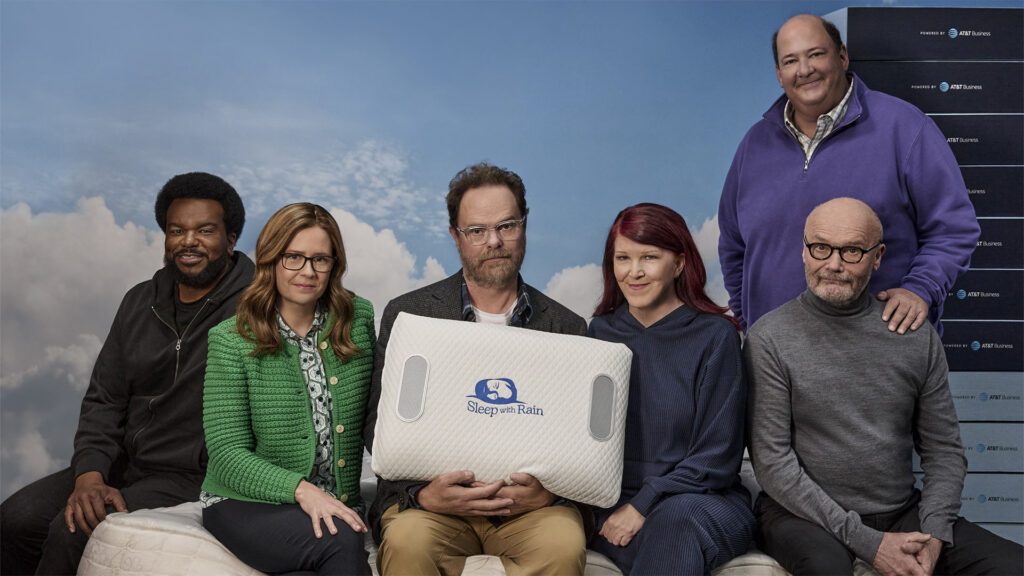As Google makes plans to stop supporting third-party cookies in Chrome, brands are looking for ways to adapt and thrive in the cookieless future. At the Brand Innovators Identity and Cookieless Future livecast event, leaders from brands and media companies talked about they are responding to this shift in data tracking and how they are evolving the online ad experience without the need for cookies.
“When you’re looking at first-party data, it’s going to be important if you want to have a customized user experience,” said Daniel Stern, Sr. Director of Media Measurement, TechStyle Fashion Group. “When you look at the value of SheerID, it allows you to ensure that you’re providing a great experience when someone lands on your site and you can make sure that you’re getting customized offerings or discounts for that customer. But there’s another side to first-party data which is for the company that’s actually running the ads for you. There’s an arms race for each of these channels to be the most efficient.”
A cookieless world means less data, but that does not necessarily mean that the user experience will decline. Mike McLaughlin, IT Product Owner, Data at Kimberly-Clark said that he’s not too worried about us having less data. “There’s a natural human tendency when there’s an overwhelming amount of data, we come up with a lot of great questions, but we end up not taking enough time to sit and think about the questions and really refine thing to the point where we’re driving at “is this the question that’s going to answer our core business need,” he said.
Having less data may actually help brands simplify their process and be more clever and honest. Coming from a retail background, McLaughlin has seen an evolution in the CPG space.
“With identity resolution, clean room technology, and the willingness of retailers and data aggregators to give us more transaction and people level data, there’s really a major evolution in the way that we look at targeting, measurement, and the consumer relationship over time,” said McLaughlin. “We’re thinking less about point-in-time success and more about consumer lifetime value which is something coming from the retail world. Someone that I respect very much once said to me, ‘great leaders don’t persist in the present, they invent the future’ and that’s what we are doing right now.”
As a legacy media brand with more than 100 years in the business, Gannett is working to innovate its data offerings to help its advertisers ensure a better ad experience. “Where we are now is still trying to build on that legacy but also trying to innovate and transform ourselves so that we are better prepared and able to better answer and address the needs of the customers of today and the needs of future customers,” said said Shivanku Misra, Vice President of Customer Engagement and Retention, Gannett. “As we do that, it is very important to try to tie data and analytics together but more importantly, to have that strategy in place so that we are prepared so that our customers know what to expect out of us as a company.”
ViacomCBS is looking to improve its cross-channel data synchronization in order to ensure that even in a cookieless world, that consumers have a better experience.
“We really wanted to focus on the customer journey so we looked at building our brand across TV, web and mobile,” said Damon Mercadante, VP Programmatic Marketing, ViacomCBS.
“We want to try to create a unique environment for identifying those users and personalize it for them. We are unique in the fact that we are a streaming service so years ago we had to figure out life in a cookieless world. Looking in the connected TV space and looking at the IP measurement path, we had to ask ourselves what could we do with solutions that are out there that don’t require first-party data? But also how do we leverage the first-party data that we do have? We are leveraging and using targeted content such as entertainment, sports, and news. We’re also looking at the TV manufacturers to see what they’re doing to stay in the connected TV space.”




